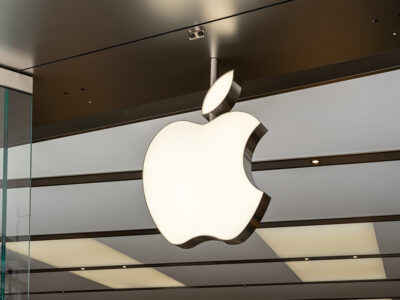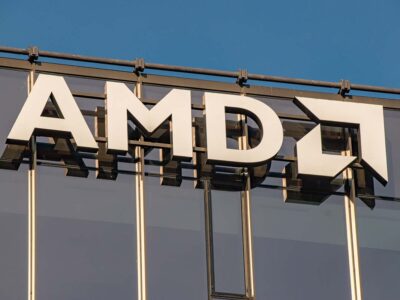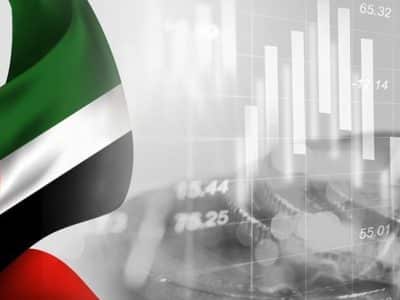Amazon.com Inc, which has helped change the face of
retailing, remains a puzzle for investors.
Do they concentrate on the Seattle-based company’s 28
percent profit increase in 2010, when the global economy was struggling? Or
focus on Amazon’s rich shares, up almost 50 percent in the past year to about
$175 and now trading at almost 70 times its earnings?
It’s been that way since Amazon went public in 1997. Though
investors were right to be intrigued by the way the online retailer was shaking
up the book business back then, they paid far too much for the stock of an
enterprise mired in red ink.
Profit did come in 2003. Last year, Amazon earned $1.15bn on
revenue of $34.2bn. Under Chief Executive Officer Jeffrey Bezos, 47, the
company expanded into television and computer sales. Electronic gear now accounts
for 54 percent of sales.
The company now also leases server space and computer power
to other companies and delivers streamed movies and TV shows.
After changing the way people buy books, Amazon in 2007
changed the way they read them, peddling the Kindle e-reader and downloaded
books.
Though Barnes & Noble Inc., the biggest US bookstore
chain, followed Amazon into Internet retailing and e-books, its market value
has fallen to less than $1bn compared with Amazon’s almost $80bn. Barnes &
Noble last month stopped its dividend about the same time Borders Group Inc,
another rival, filed for bankruptcy.
Bezos continues to invest in warehouses and data storage.
Amazon will spend $850m this year on capital expenditures, double the 2010
amount, according to a Goldman Sachs Group Inc. report. Heavy spending, which
can impinge on short-term profit, is one of the few things that occasionally
turns investors against Amazon.
Amazon has helped change the way all retailers sell. Every
merchandiser, starting with $422bn-sales behemoth Wal-Mart Stores Inc, now
promotes goods on the Internet. Macy’s Inc, the U.S.’s second-biggest
department store chain, last week said its online sales increased 29 percent in
both its fourth quarter and fiscal year, though it didn’t give dollar amounts.
Amazon’s electronics sales hurt retailers such as Best Buy
Co., which said in December that it was losing market share in the US In 2010
Amazon had $18bn in annual electronics sales, compared with about $50bn for
Best Buy.
While you might love everything about Amazon, you should be
wary of its high-priced shares. In the past four years, the stock’s average P/E
has been 67. The current average P/E on stocks in the benchmark Standard &
Poor’s 500 Index is about 15.5.
For argument’s sake, say Amazon’s growth and merchandising
smarts make it worth double that, or a P/E of 31. The shares would still be
pricey. The P/E for Google Inc., the Internet search giant, is 23. EBay Inc.,
like Amazon a survivor of the dot-com craze, trades at 24 times earnings.
Optimists can argue that the company’s earnings are up 142
percent in the past three years, a time when most retailers were hurt by a
recession. Yet Amazon must keep growing at that rapid clip to justify a 70 P/E
-a tall order as it gets bigger. The company is now more than twice the size it
was in 2007 in terms of sales.
Amazon pays no dividends, so shareholders are entirely
dependent on market gains for returns.
Admire the company. Don’t buy the stock.
(David Pauly is a columnist for Bloomberg News. Opinions
expressed are his own.)







